Carmen Ledesma: «What people around the world like most about flamenco is baile, not so much cante or guitar»
The celebrated bailaora, a faithful representative of the Seville school, will be honored at Veranillos del Alamillo in recognition to her artistic career. It’s a good moment to listen to her thoughts about the evolution of baile flamenco and the teaching of this art around the world,
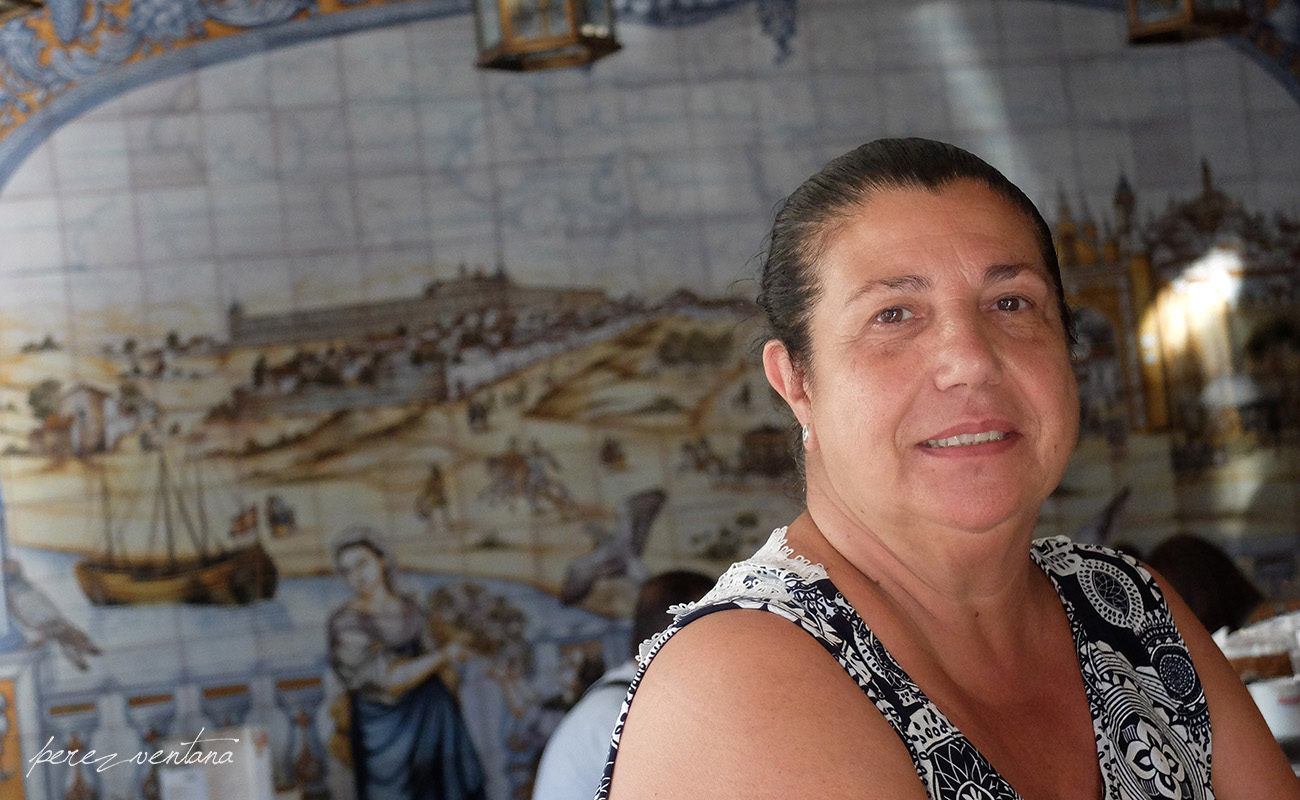
She says that she’s a starlet, a little link in flamenco, although she’s shy about admitting it. That’s why on August 22nd she’ll be honored at the Veranillos del Alamillo series in Seville. She also says that her whole life has been based on dancing for cante, something she knows well, and that deep inside she also understands young people, because she knows how hard is to succeed and stand out, doing all the things everyone must do to make a living. Hers is an authorized voice to speak about armwork, jondura, technique and the teaching of baile, and also to understand what is the traditional school of Seville. Y Sevilla, like the poem by Manuel Machado goes.
Carmen Ledesma (born in Seville in 1956) is a flamenco dancer. Pure flamenco. Slow, how it should be. A compás. Without gimmicks. The kind of flamenco that scratches the sides of the soul. That’s why she’s in such high demand all around the world to teach people how to dance. Her words also overflow with flamenco, we can confirm this. “There are many truths in my words”, she suggests in a whisper as she deals with a buttered toast at Bar Plata, across Basílica de la Macarena. No other than Pepe Pinto worked here as a waiter. It’s a good place to talk about flamenco, then. And to take pictures of this very personification of flamenco.
– The Veranillos Flamencos del Alamillo will give you an emotional tribute. How do you feel about it?
– The truth is that I’m not used to be honored for my artistic career. It’s been a surprise and it has made me very happy, to be sincere. It’s good to be honored in my lifetime, because in the old days people were only honored after they died.
– Do you resent this in any way? I mean, the fact that you seldom have been honored.
– Perhaps a few years ago I asked myself this kind of question. But not anymore, because I know who I am and where I am.
– Who are you and where are you, doña Carmen? Apologies, but I could not let this one pass.
– I’m a very normal person. A flamenco worker. I’m not a star like Antonio Canales, Manuela Carrasco, Farruquito… Perhaps many people like the work I do. The truth is that I have many followers and many friends. But I’ve never been a star. I’m nothing more than a starlet.
– How come you never became a leading star?
– I’ve been very lucky in my career, I can tell you this right off the bat. With so many bailaoras in Seville, I’ve always been hired for the biggest productions, for shows full of flamenco. My career has focused in my way of dancing for cante. I know I’m a little link in flamenco, although I don’t like to say this out loud. I’ve danced for José Menese, Camarón, Lebrijano, Naranjito, Panseco, Nano de Jerez, José de la Tomasa, Terremoto (grandson and son)… I’ve been a dancer of cantaores, and few bailaoras can claim that. All the great cantaores have asked me to dance for them
– In few words, how would you define yourself as bailaora?
– I am the culture of my country. The culture of my land, Andalusia. A bailaora from Andalusia, from the Seville school. I am flamenca, because my school is a traditional school. I define myself as Andalusian and bailaora.
«People can learn how to dance flamenco. But that flamenco of minorities, flamenco of art and improvisation, the kind done by Matilde Coral, Trini España, Farruco or Rafael el Negro, is very difficult to maintain»
– What’s going on with baile nowadays?
– A lot is going on. Perhaps people want to become important and as a result have watered down many things. Or perhaps they have not experienced life and flamenco as I have. They mix traditional flamenco with contemporary art. There has been a lot of mixing, a lot of youthful experimentation. I was young once, too, I understand it. But that’s not the kind of flamenco I like. The flamenco I stand for is something else. It’s not just about dancing por soleá. It a whole culture. A people’s identity.
– Is flamenco in endangered?
– Flamenco will never be endangered. Particularly the music, the art; not so much cante, baile or guitar. It’s a very strong, millennial culture. It’s made up of so many other cultures mixed together that it’s impossible that it will ever vanish. People like flamenco, true flamenco. Not for nothing it was declared Intangible Cultural Heritage by UNESCO. Flamenco, bulls, food… That what’s comes to mind when people al over the world think of Spain.
– All this must be respected, right?
– Obviously. It’s not that the young artists don’t respect it, is that they want to experiment. I’ve come to terms with this. The want to contribute something, make flamenco greater. They won’t be able to modernize flamenco. Just look at the new generation of young cantaores, there is no mixing. How well they sing por seguiriyas! The grandson of José de la Tomasa, the other kids… Those kids haven’t stopped since they started. And others who [change the traditional way of singing and] scream too much have been left behind. So there’s something [in traditional flamenco] that people like.
– Do you mean to say that the public prefer traditional flamenco instead of flamenco-light?
– These days, the whole planet is captivated by flamenco. I travel all over the world. When I get a call, it’s because they like traditional flamenco, because I don’t do foolish things.
– What about flamenco evolution?
– When I started performing, there was much more classical dance than flamenco. The only tablao was Los Gallos. I worked at the Cristina Hotel. Matilde Coral and Trini España already performed. There was some flamenco, but there was a lot of classical dance. Through the years, I’ve seen a brutal evolution of technique. It’s true that this opened flamenco to the world. People can learn how to dance flamenco. But that flamenco of minorities, flamenco of art and improvisation, is very difficult to maintain. Baile has evolved from what was done by Matilde, Trini, Farruco or Rafael el Negro. The artists of my age can’t do seven twirls in a row, but young dancers can twirl for half an hour, because they’ve learned the technique and they have added it to flamenco. Yet, real, pure flamenco, is very hard to do. And it’s what people like the most.
«In japan they can tell cañas from polos, according to the “ays”. There are very good flamenco aficionados outside Spain»
– You are a flamenco dance teacher who have taught all over the world. Do you think it’s possible learning how to dance like Manuela or Farruquito in a dance academy?
– Well, regarding Farruquito, it seems that everyone is trying out the moves of his grandfather Antonio, and then people say “Farruco used to dance like that”. Some people may be able to imitate him quite well, but imitations are never as good as the original. Personality is very important. To dance, bailaores need to be themselves. Everything can be learned, and the more people learn the better. Yet, if bailaores don’t add their personalities to their performances, they’ll never be great artists, no matter how good their technique. That’s what young artists are always seeking. In fact, they are often unaware of what they know and how much they can contribute.
– But you like teaching, right? The passion that people from all corners of the world, from all backgrounds, feels wanting to learn baile flamenco. Recently, we witnessed all that in the academy of La Truco, in Parla, Madrid, with the young Turroneras who dance like seasoned, old bailaoras.
– They’re so graceful. Teachers have lots of influence. La Truco and her son Cristian live and breathe flamenco, that’s what they teach. Students learn what they’re taught, that’s true everywhere, even here in Seville. We can’t forget that when we teach, we are like parents for these students. It’s not just about learning how to dance. There is a deeper educational role. The teachers must be intelligent enough to understand the students and shape them. Some are good for dancing, others are good to earn money and others are good to teach sevillanas. My students and the students of La Truco know exactly who we are and what are we going to teach them. Before anything, I must reach their hearts. I won’t teach them to dance por soleá. I’ll teach them what they have to do to learn how to dance por soleá.
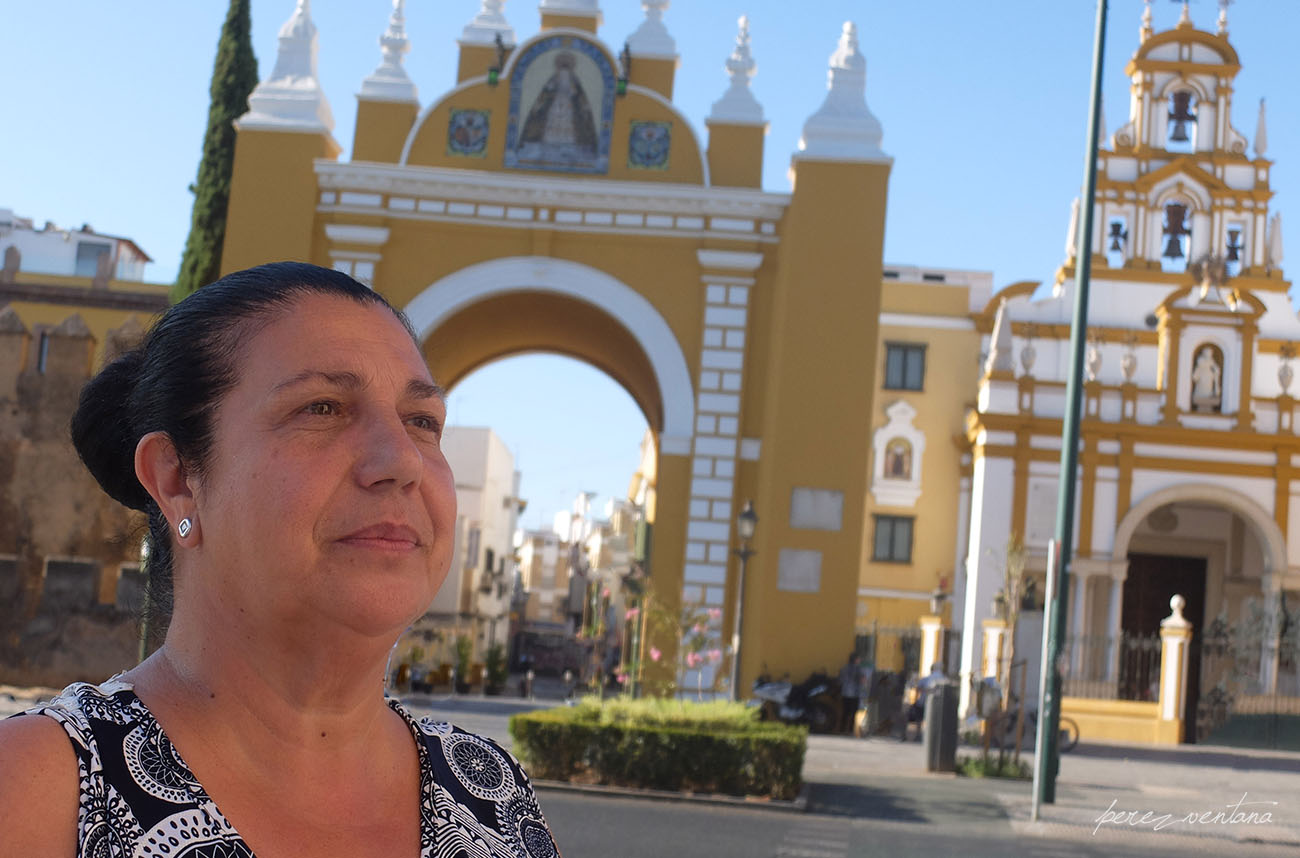
Bailaora Carmen Ledesma, with the Seville’s Basílica de la Macarena in the background. Foto: Quico Pérez-Ventana
– In a few weeks you will travel to Canada, precisely where our flamenco website was born. And then you’ll go to hundreds of different cities around the globe. Is Antonio Chacón, for example, known overseas?
– You have no idea. In japan I’ve seen collections of flamenco slate records that I’ve never seen in Spain. They can tell cañas from polos, according to the “ays”. There are very good flamenco aficionados outside Spain. Even I myself, having grown up listening to flamenco, sometimes can’t tell one cante from the other. And I know a lot about cante.
– The other day we interviewed Cristina Heeren and…
– Oh, I’ve worked with her for eleven years. That lady has taken a very important step in flamenco. Setting up her academy here in Seville has been great, because she is a very intelligent woman who loves flamenco and art. She surrounded herself with the best artists to accomplish her great work in behalf of flamenco.
«Baile has evolved into technique and speed. Bailaoras seem to be constantly looking at the mirror, lost on thought»
– I was saying that Cristina Heeren was talking the other day in an interview for our website about the loss of femininity in baile flamenco. Do you agree?
– Yes, yes, yes. Girls dance like boys and boys dance like girls. Carmen Amaya wore trousers, but she was always feminine. Yet, today’s girls want to make the gestures and motions of men. When dancing so fast, the arms cannot move at the same speed as the feet, and the dancer ends up looking like a puppet. Fifteen or twenty years ago, dancing with bata de cola was something elegant, feminine. The bata and the mantón were part of the woman’s body, part of her skin. Now they just toss the mantón left and right… It’s like a circus. I cannot conceive handling the mantón at such speed. You have to understand that my favourite bailaora was Pastora Imperio. I was born in Seville. And I liked Pilar López even as she was born in the other side of Spain. She was elegant. And Matilde, so beautiful. And Milagros Mengíbar, who elevated the bata. None of them danced at the speed that today’s bailaoras dance. And of course, Cristina Heeren likes elegance, art. But even the students of her academy won’t achieve such elegance, because the trend is to dance fast. They focus too much on footwork. And the boys want to be women, they even wear batas and dance with mantones. Even if a man is feminine, it doesn’t look the same as if he were a woman. In the end, men have the strength of men, and they won’t be able to move the bata like I do.
– We get back to the evolution of baile. It looks like you don’t like how things are going.
– Baile has evolved into that: technique. There is a way of dancing nowadays that is like looking at the mirror. All their strength, the look in their eyes, becomes lost in thought. I often make a point about this with my students. It’s OK to glance at the mirror to learn a movement, because that makes it much easier, but I quickly turn them facing the wall. Because if the look of a dancer is dead, they are worthless, no matter how well they dance from the neck down. A dancer can have a very fast footwork, but if they dance like a robot and I’m watching them from my seat, I’ll just get angry. Yet, if I see nice movements, beautiful gestures overflowing with art, I feel like jumping with joy twenty times over.
– What’s the difference between the Seville school and the other schools of baile?
– Seville originally had a stronger tradition in classical dance than in flamenco dance, so there was still that culture, that mastery of classical dance. The arms, the gestures of the head and the neck, the posture of the body. That’s something essential in classic Spanish Dance. I trained as a classic dancer, wearing slippers and heels. Then, when I met Pepe Ríos and Enrique el Cojo, my life changed. My uncle Coralillo was a bailaor. He worked at Los Gallos and he used to take me there to watch flamenco. Trini España danced there, and I was bewitched by her. I told myself that if I ever became a bailaora, I wanted to be like her. That was the kind of flamenco I liked, and it’s the kind of flamenco that has taken me where I am now.
– So you’ve had your teachers.
– Yes, I’m not like Angelita Vargas, who never attended dance lessons. She created her own bailes. I’ve had my teachers. I’ve studied classic Spanish dance. I’ve done the Jota de la Dolores and verdiales… That’s how I can tell when bailaores do classical dance, because I’ve done it, too.
«People come to Spain seeking baile flamenco, not cante or guitar. You can be sure of that, one hundred percent»
– As a cante aficionada, do you have anything to say about those new media-savvy artists? Rest assured that whatever you say won’t be used as the title of this interview.
– Look. I know that this girl doesn’t sing flamenco and she’ll never will, but every time she opens her mouth and sings anything flamenco-ish, seventy thousand people will listen. That goes to show what’s happening these days with those in the business of flamenco. If I were an entrepreneur and listened to her singing, which sounds like as if she had a little whistle in her throat, God have mercy… So, why do they want to feature her as a flamenco singer? I don’t think this is fair. She is a product. Girls want to dress like her, have their nails like her, be like her. The creators of that product are people who are hiding in the back. If someone says that she sings like Niña de los Peines, does she have the nerve to believe it? Me, being a mother, if I knew her personally, I’d tell her two or three things. Even if she likes flamenco, if someone asks her to sing before a good cantaora, she should remain seated instead of getting up and sing. Being an artist is that, too: remaining seated instead of climbing on a stage to make a fool of themselves. Because she can’t compete singing in a tablao with someone like La Fabi. “Do you want to sing?”, “Oh, no, I’m sorry, I’m not feeling well today”. Lady! Don’t get up from your seat no matter how much people insist! When people get famous being so young, they must have their feet firmly on the ground, otherwise they need someone to pulls their ears once in a while. No, you stay seated, because that’s not your thing.
– Do you think that those seventy thousand young people who listen to her will ever listen to Lela Soto or María Terremoto?
– Many people love Lela and María’s flamenco. What happens is that cante is very complicated overseas. People don’t understand the lyrics. Miguel Poveda, who is a big star, has to sing well-known, non-flamenco tunes when he performs in America. Cante is not well understood outside of Spain. What the whole world likes is flamenco baile, not so much cante or flamenco guitar. People come to Spain seeking baile flamenco, not cante or guitar. You can be sure of that, one hundred percent.
– Is it time to bring the masters back?
– It should be done, there’s a lot of confusion. Most people who travel overseas to teach flamenco are young people who teach their own style of baile, with their own fusions. Every flamenco dancer knows who is Manuela Carrasco, who is Antonio Canales, who is Farruquito. Who is teaching flamenco around the world? If it were Manuela or Antonio who teach abroad, we could feel assured that authentic flamenco would be taught.
– Is there male chauvinism in flamenco?
– I’ve never experienced it. In a few days I’ll be 63 years old, but I’ve also been twenty years old. I’ve always been a strong woman. I’ve always had my standards as a woman.
– Who would you like to see performing at the next Bienal? It’s so nice to see artists praising each other…
– I love my people. I adore Adela Campallo. I love Pastorita when she evokes her mother’s arms and her father’s feet. Olga Pericet dances amazingly, even as she does modern things. Marquito Flores… There are a lot of artists I like, because I’m not a fool, OK? I like art. When I see art, I understand them. But that doesn’t mean it’s all flamenco. I love Rocío Molina, because I know she’s a great professional. However, what I cannot digest is that to make a show as a bailaora or as a dancer, both things at the same time, she feels the need to open the zipper of a bata de cola and get all naked. Yet, I respect everyone who performs on a stage, because I know how hard it is, all the studying it takes.
– Any petition? Speak up, because you are the protagonist of this tribute.
– This land must support flamenco, because flamenco was born here. It’s very hard to get any financial help for flamenco things. But if the proposal is youthful and modern, it’s not a problem, they’ll give you everything. Kids must find a way to make a living, I get that. No one dances better than Israel Galván. He’s a great professional, he has proven himself. Then he went to the Lope de Vega theater and performed like a bullfighter: soleá, alegría seguiriya… and then he stopped dancing flamenco just because he felt like it. The institutions seek other things. If flamenco is not supported in our land, people would have to make a living like Paquera de Jerez did. That’s all I have to say. Goodbye!
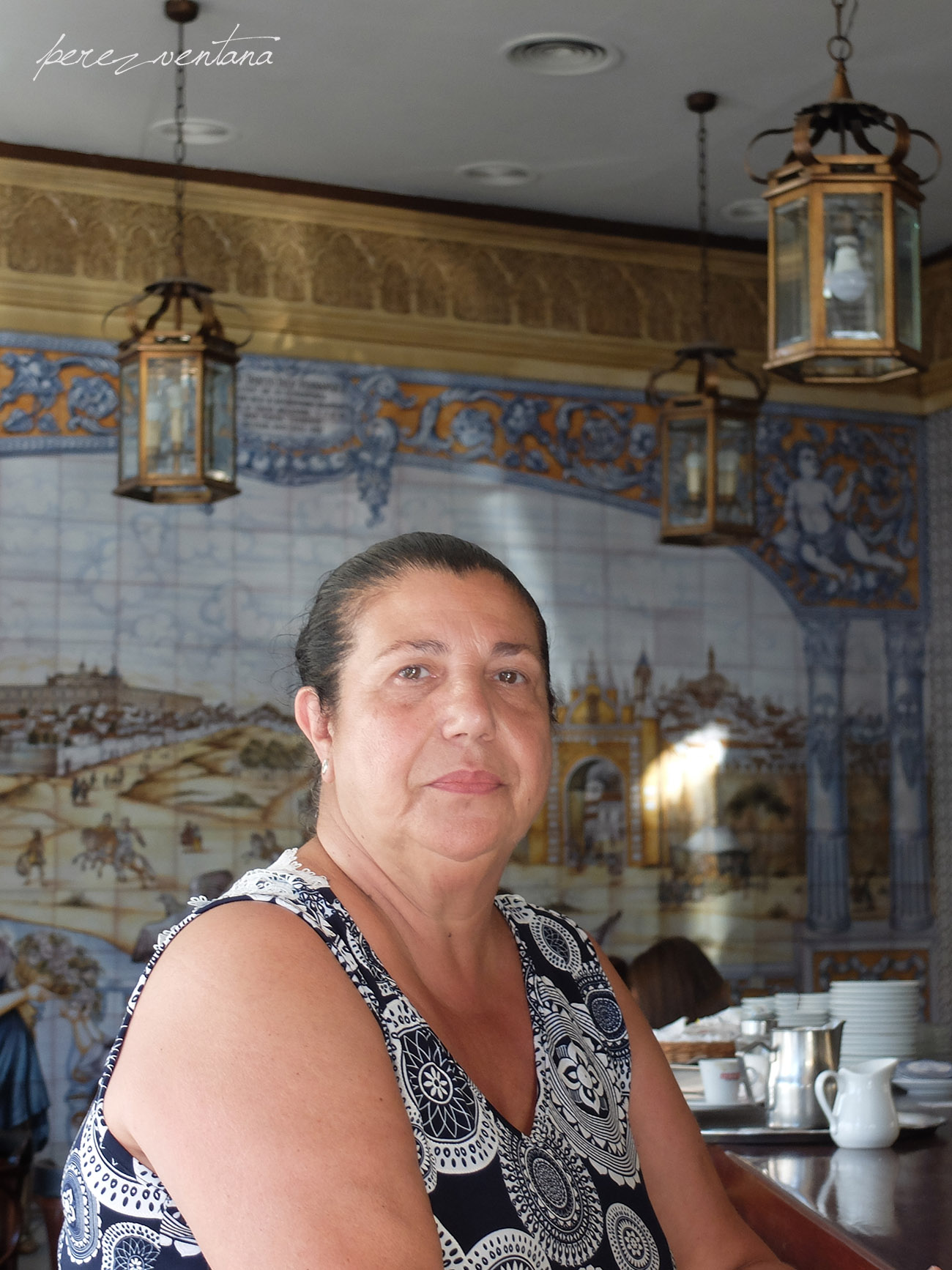
Carmen Ledesma, at Bar Plata in Seville’s Macarena district. Pepe Pinto server coffee in this very same counter. Photo: Quico Pérez-Ventana


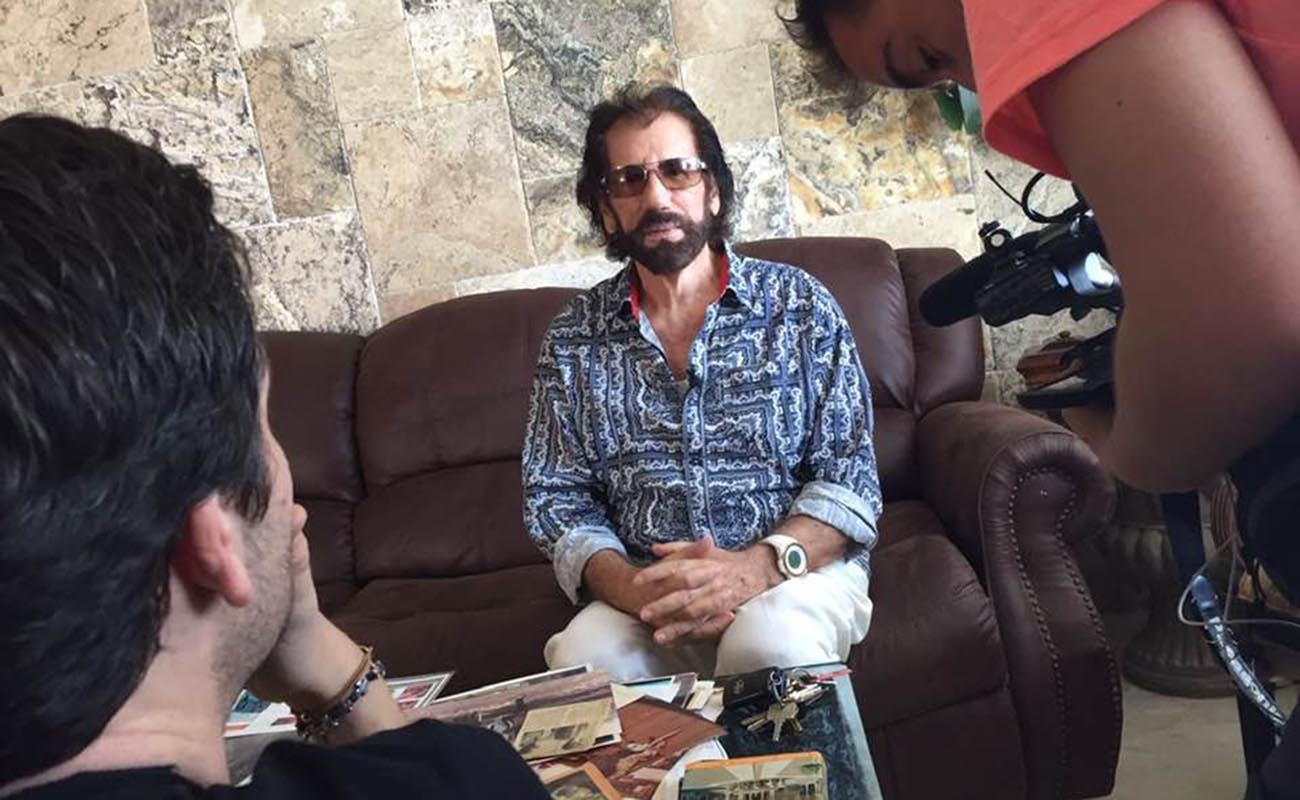
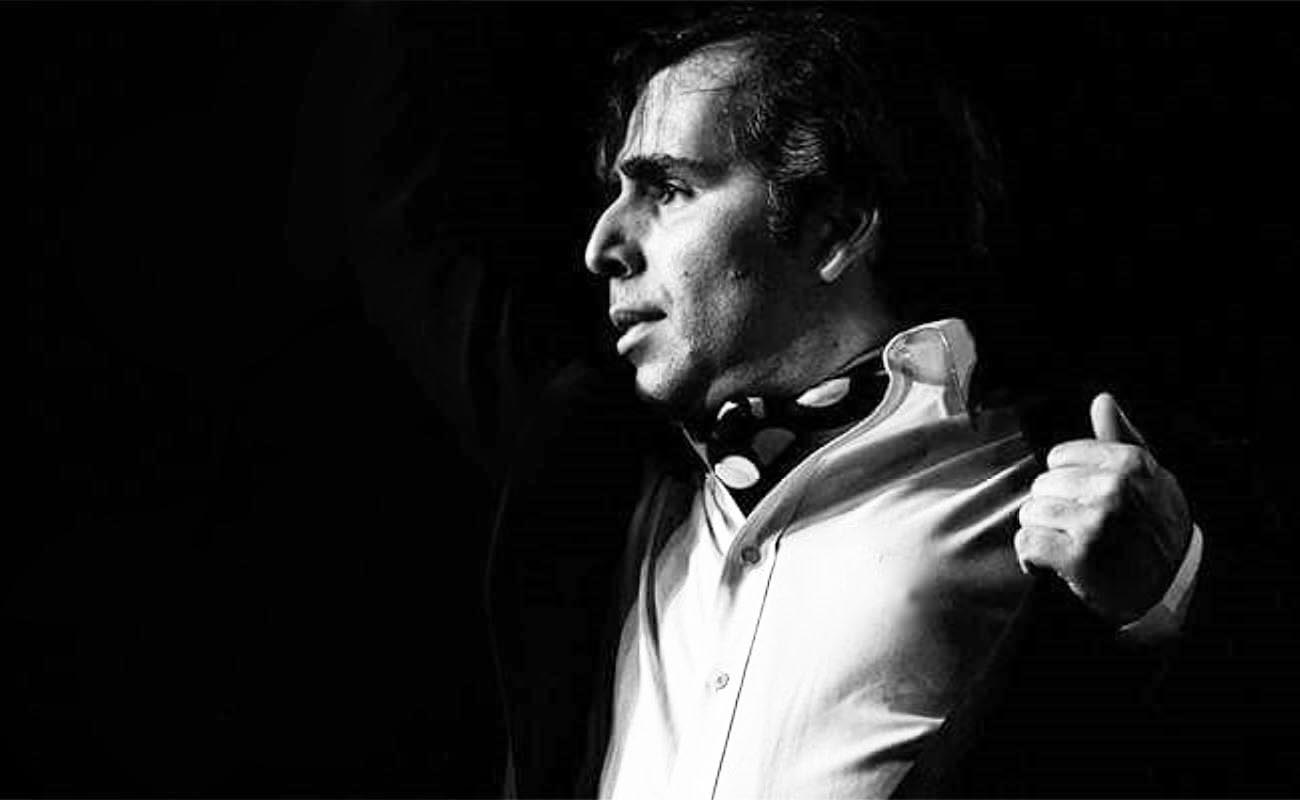
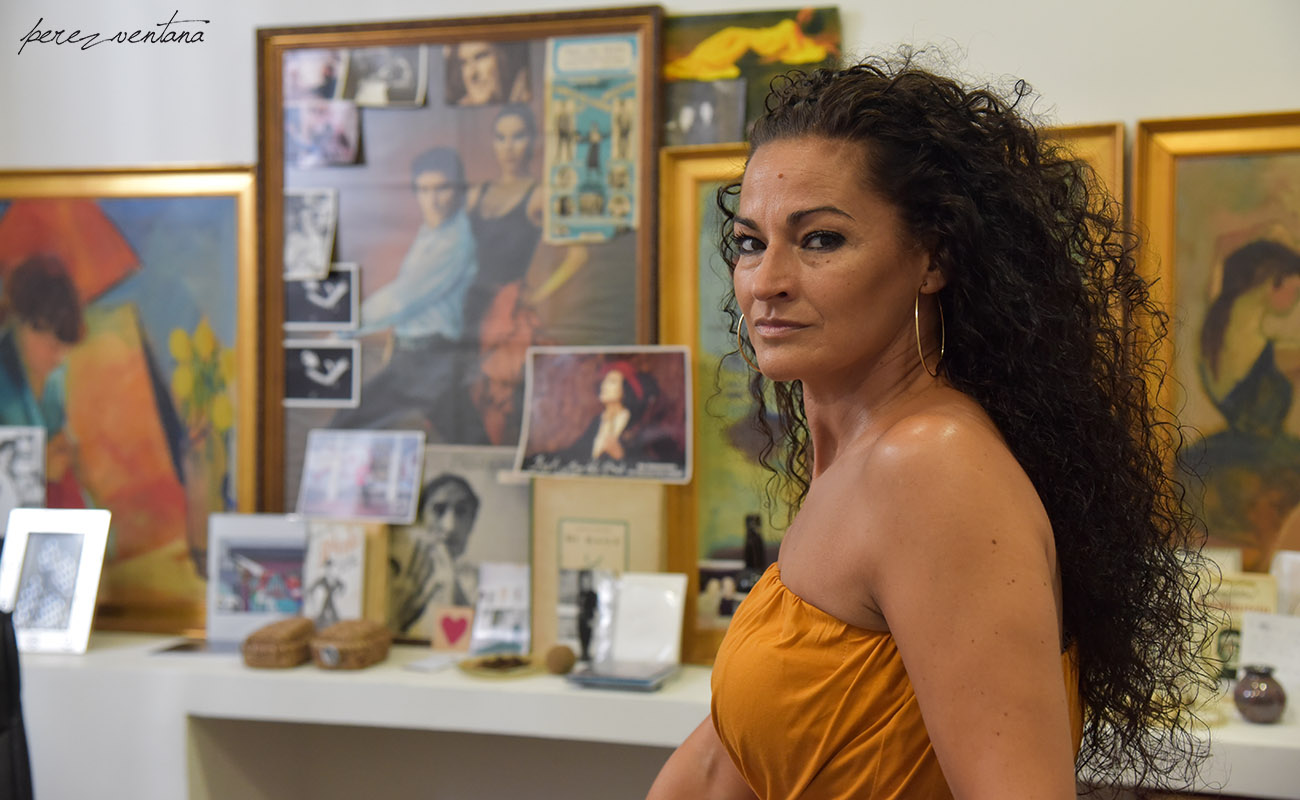
Mari Carmen 10 June, 2020
Me hablaron de esta gran bailaora, me encanta su arte y la pasión con la que actua